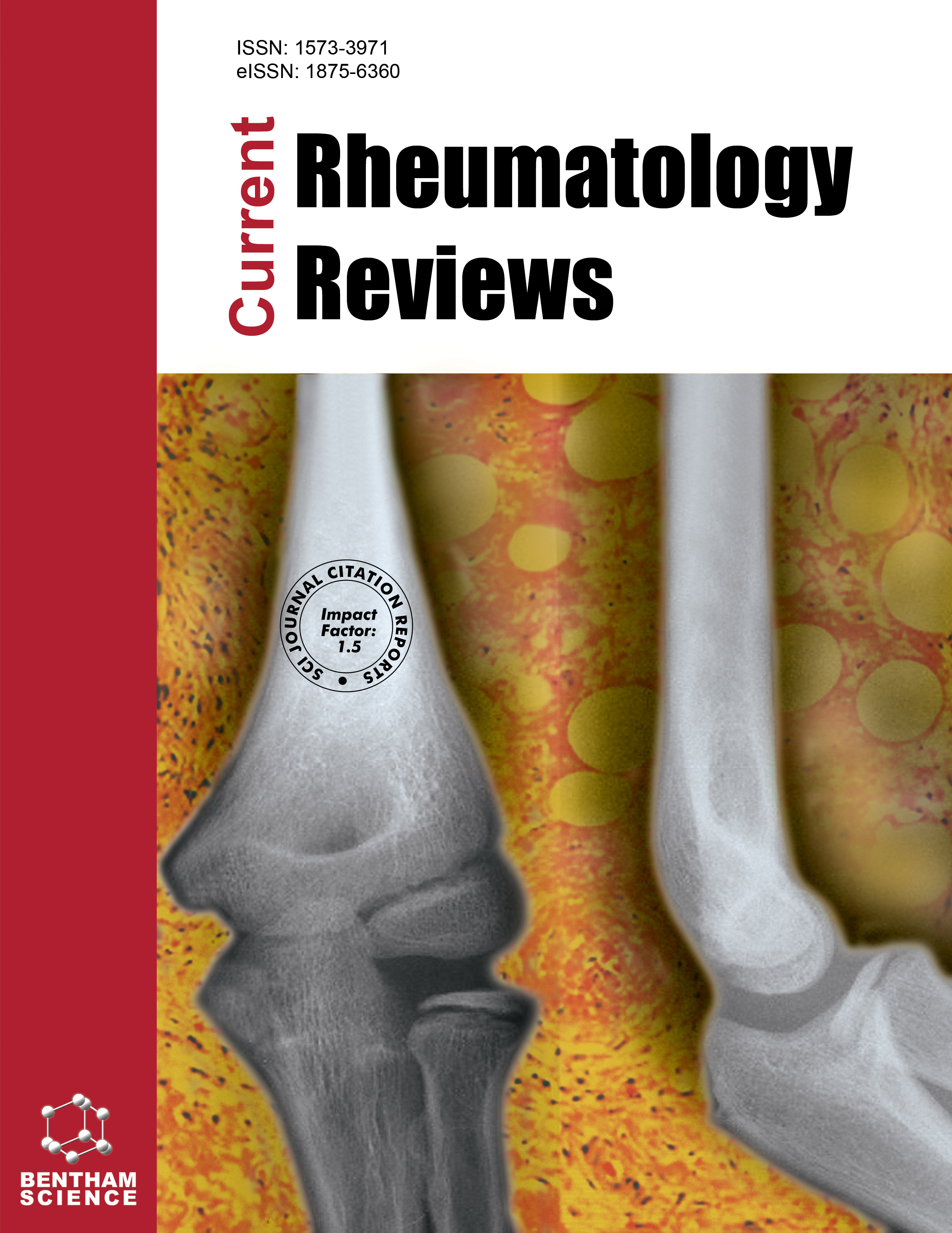-
oa Editorial [Hot Topic: Nephrogenic Systemic Fibrosis (Guest Editor: Richard Bucala)]
- Source: Current Rheumatology Reviews, Volume 6, Issue 3, Aug 2010, p. 162 - 162
-
- 01 Aug 2010
Abstract
A little more than 10 years ago, the first cases of an unusual new fibrosing disorder emerged. The condition affected only individuals with significant renal insufficiency and was characterized by a rapid thickening and hardening of the skin of the extremities. Many of these patients experienced extreme disability and became wheelchair-dependent in as little as a few weeks. Biopsies of affected skin showed significant fibrosis, with increased dermal fibroblast-like cells and markedly increased collagen, elastin, and mucin production. There were few features of inflammation. With little insight into the cause of this disorder, it was given the initial descriptive name of “nephrogenic fibrosing dermopathy”; this was superceded by “nephrogenic systemic fibrosis” (NSF) once systemic features of the disease emerged, mostly on the basis of autopsy studies as these features were usually subclinical. By 2006, emerging observations from Europe suggested an epidemiologic link between the use of gadolinium-based magnetic resonance imaging agents and NSF. In June of 2006, the United States Food and Drug Administration released a public health advisory cautioning against the use of gadolinium-based contrast agents (GBCA) in patients with severe renal disease. Over the past year, significant new information has emerged that impacts the clinical care and magnetic resonance imaging decision-making of patients with kidney disease. This issue of Current Rheumatology Reviews features a selection of special reports from the 2007 Annual Scientific Symposium on NSF held at Yale University. These articles include the clinical spectrum of disease; current notions of pathogenesis, which appear to involve tissue persistence of GBCA and the activation and trafficking of circulating fibrocytes; the critical role of pharmacovigilence in the public health response to this new disease; and considerations of risk reduction strategies in the use of GBCA in at risk patients. The study of nosology, natural history, and medical experience of NSF is instructive not only for a better understanding of this particular disease but also for our approach to the currently idiopathic group of fibrosing disorders that afflict our patients.


